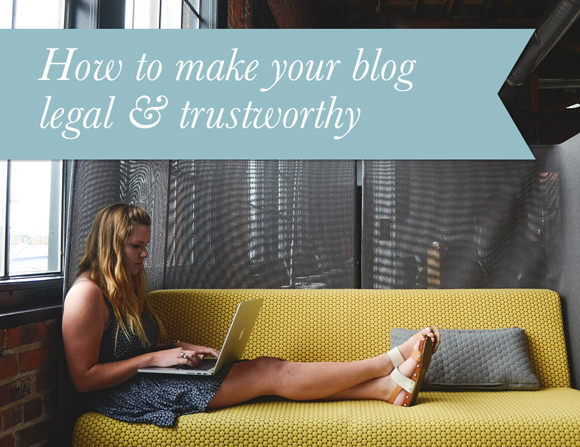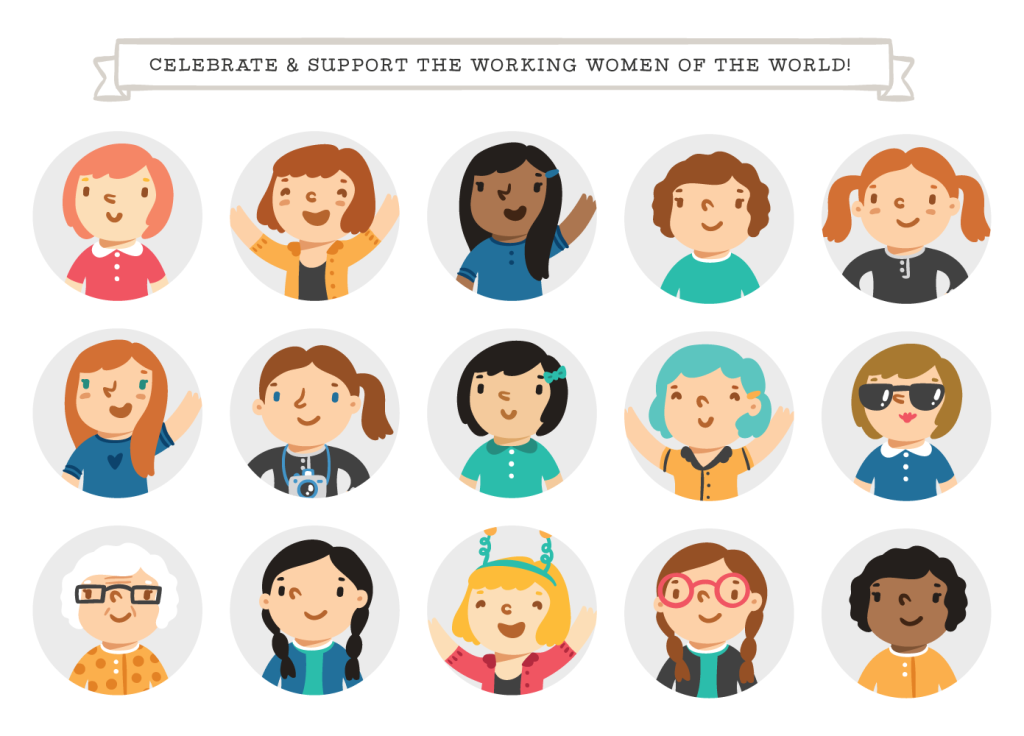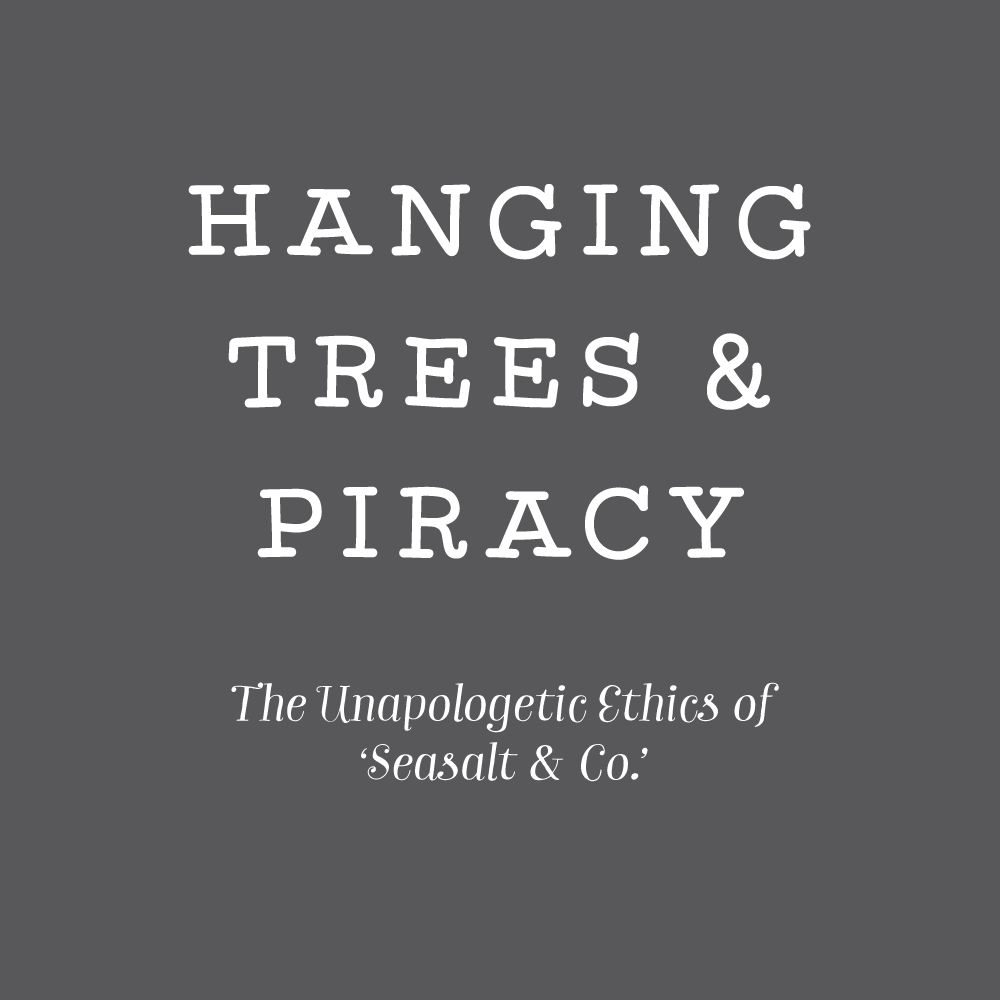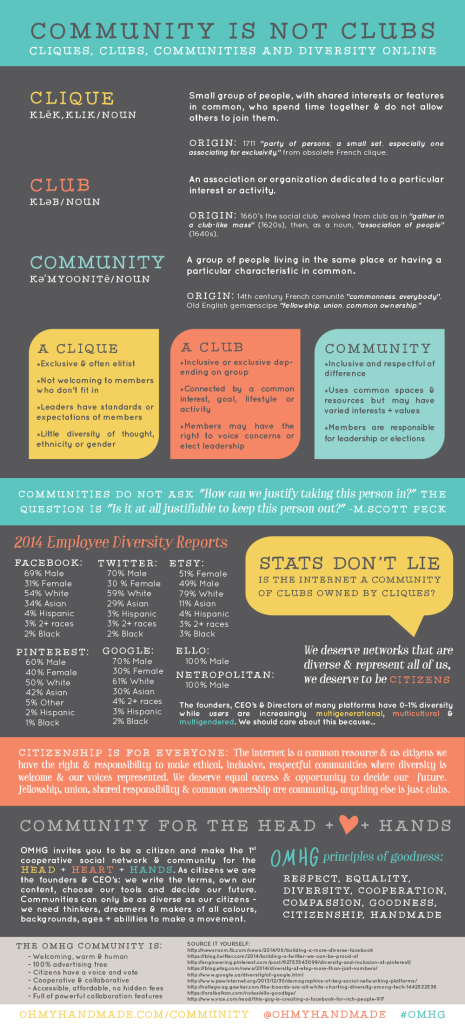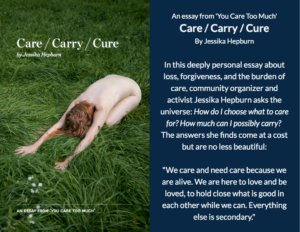Blogging seems simple enough! But did you know that you could get in legal trouble for blogging, or at least risk angering someone you admire? Consider some basic blogging ethics and understand the legal issues with blogging. Not only do you want to keep things legal, but you want your readers to trust and respect you. Here are some things to think about. Copyright and … [Read more...] about Ethical Guidelines for Blogging
Ethics
Make It Happen: 9 Stories from Working Women of the World
It isn't common knowledge that International Women’s Day began as International Working Women’s Day as a response to the working conditions in garment factories where so many laboured. Intended as a day of solidarity for women of all classes to acknowledge the struggles of working women and join their call for improved conditions, wages, and equal rights the theme for … [Read more...] about Make It Happen: 9 Stories from Working Women of the World
Be ethical inquirers this March with #OMHG
Every March OMHG explores ethics - from keeping our handmade community safe, reporting on the ethics of Pinterest, how to ethically pitch bloggers, the future of handmade, protecting your IP, fighting infringement, registering trademarks, and so much more in the archive. Since it is now Ethics Awareness Month and National Craft Month, for our 5th year we're becoming ethical … [Read more...] about Be ethical inquirers this March with #OMHG
Hanging Trees & Piracy: The Unapologetic Ethics of Seasalt & Co.
Note: All of the information shared in this post was posted publicly online and is speculative in nature, it is neither libel nor slander to republish publicly posted information, many items have since been deleted online and so screenshots to all referenced quotes are linked for further research. All the photos and screenshots have been archived in Dropbox and can be viewed … [Read more...] about Hanging Trees & Piracy: The Unapologetic Ethics of Seasalt & Co.
Community Is Not Clubs: How We’re Segregating the Internet & What We Can Do
Community is not clubs Lately there seems to be examples everywhere of how we are segregating the internet into exclusive cliques and clubs instead of communities where we share real human moments. Statistics from the 2014 Employee Diversity Reports for our major networks show that online giants like Facebook, Twitter, Google, Pinterest, Ebay and Etsy all fail to hire employees … [Read more...] about Community Is Not Clubs: How We’re Segregating the Internet & What We Can Do

